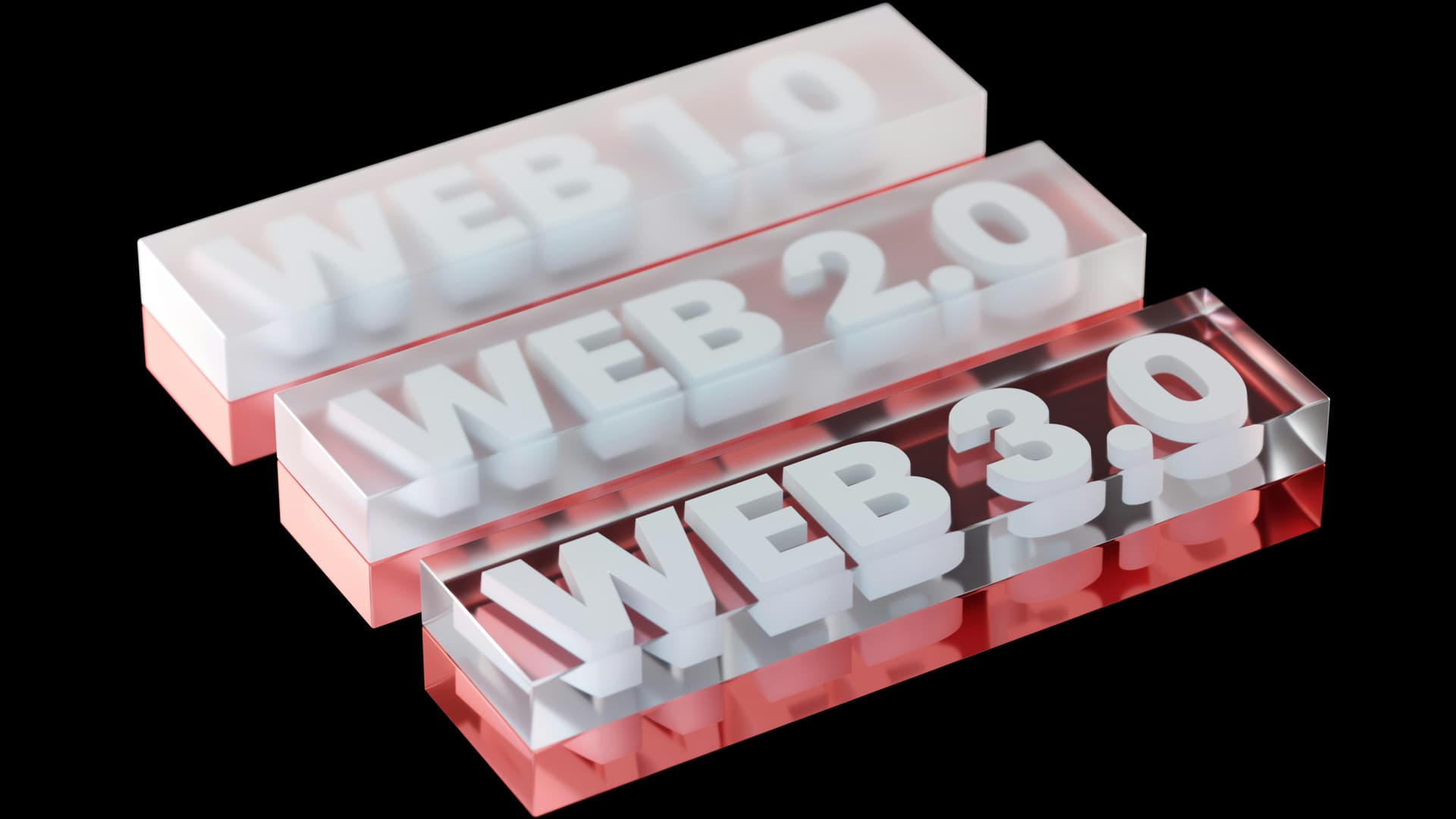Overview of Web2 and Web3; A Transitioner’s Guide To The Internet Computer Protocol
February 3, 2024

Over the last couple of years, we have seen the digital ecosystem evolve tremendously, and It is no longer a secret that the IT industry provides some astonishing prospects. There have also been predictions that computer and information technology operations are expected to rise by 13% between 2023 and 2030, and spending on IT services is projected to amount to around 1.42 trillion U.S. dollars worldwide. This rapid growth means that salaries will rise faster than in most other industries, which in good sense is a positive addition to the present economic state of West Africa. That is why we have so many people from different fields and disciplines choosing to pursue careers in technology of any sort.
Transitioning from Web2 to Web3 can be a bit delicate, especially in comprehending the fundamentals of the core of the technology. But irrespective, with the emergence of Web3, developers are presented with exciting opportunities to build decentralized and blockchain-based applications which are in this day and age the peak of the technological revolution for the future. If you're a Web2 developer looking to leap into Web3 development, this article will guide you through the transition using some key concepts from the Internet Computer Protocol (ICP) models.
Understanding Web2, Web3 and Internet Computer Protocol (ICP)
To gain a clear understanding, it’s important to consider the structure of web2 and web3, and how both structures differ.
Web 1.0: (Read-only)
Before we had Web2 there was a Web1 which we formerly refer to, as Web 1.0. This existed from 1990 to 2004 and was distinguished by non-interactive websites managed by corporations and establishments. It was the "read-only web," with no reciprocal activities or user-generated content.
Web 2.0: (Read/Write)
Unlike Web1, Web2 enabled users to consume and produce content. It debuted in 2004 alongside social media. Web 2.0 had the advantage of pioneering an advertising-based approach in which businesses controlled online value and traffic. Before, these content providers seldom benefited from commercialization, not until companies such as Facebook and Twitter profited by gathering user data and advertising to businesses.
Data breaches and privacy violations heightened because user information was collected and sold to other organisations as a result of its centralized function. Web 2.0 emphasised user-generated content, but it also highlighted the divide between content providers and platforms, raising issues about data ownership and privacy in the digital age.
Web 3.0: (Read, Write, And Own)
Web3 on the other hand provides a solution to Web2 concerns by giving people control over their personal information but also enabling them to benefit from it. Instead of relying on a few private corporations, Web3 promotes decentralisation and dispersed ownership by users and builders through the usage of Blockchain technologies.
Web 3.0 represents the next generation of the internet, characterized by decentralized protocols and blockchain technologies. Internet Computer Protocol, or ICP, is a key player in this space, providing a decentralized computing platform. ICP allows developers to build and deploy applications directly on the internet, eliminating the need for traditional servers.
Starter Guide for Transitioning
Transitioners from Web2 to Web3 should be aware that it is vital to have some understanding of the new terrain they are about to explore in order for them to prosper and grow, not forgetting the challenges of what they are doing and how to take advantage of it.
To develop a successful Web3 application, one must first understand the basics of blockchain technology, including Decentralized Ledgers, Consensus Mechanisms, and Smart Contracts. These are vital components to begin with and subscribing to the ICP.Hub Sahara’s website and community could be a great place to learn and connect with more developers out there.
Transitioners should also understand the Internet Computer Protocol (ICP) and the concept of canisters. Mastering decentralized identity (DID) is crucial for Web3 development, as it contributes to user privacy and control over personal data. Familiarizing oneself with Web3 development tools, such as the Motoko programming language for ICP, and exploring SDKs, frameworks, and libraries can help in the development process.
Exploring the ICP model as a developer is of unique advantage. ICP.Hub Sahara with the help of ICP is putting systems in place that could help developers in West Africa build decentralized applications (DApps) on the Internet Computer platform which is essential in community involvement, participating in hackathons, forums, and discussions, and most importantly making one viable for grants that could help pivot a project.
WRAPPING UP
Transitioning from Web2 to Web3 as a developer requires a combination of theoretical understanding and hands-on experience with decentralized technologies. By leveraging the Internet Computer Protocol models and embracing the principles of Web3, developers can position themselves at the forefront of the evolving digital landscape.
Embrace the decentralized future, and embark on a rewarding journey into the world of Web3 development. The web3 ecosystem is continually evolving with new features, products and offerings. To stay functioning, you need to constantly learn about new advances. Once again, the ICP.Hub Sahara's website and community are the greatest way to stay up-to-date on trends and educational content.